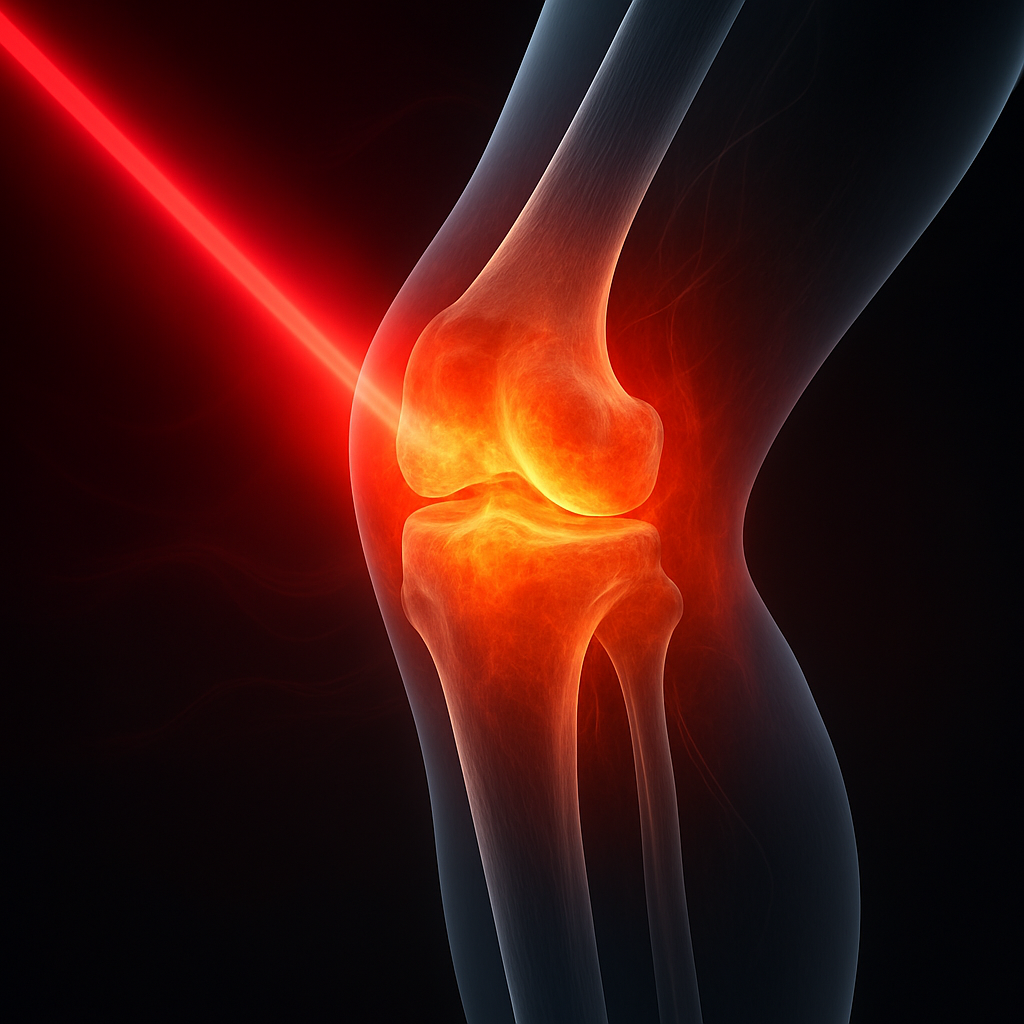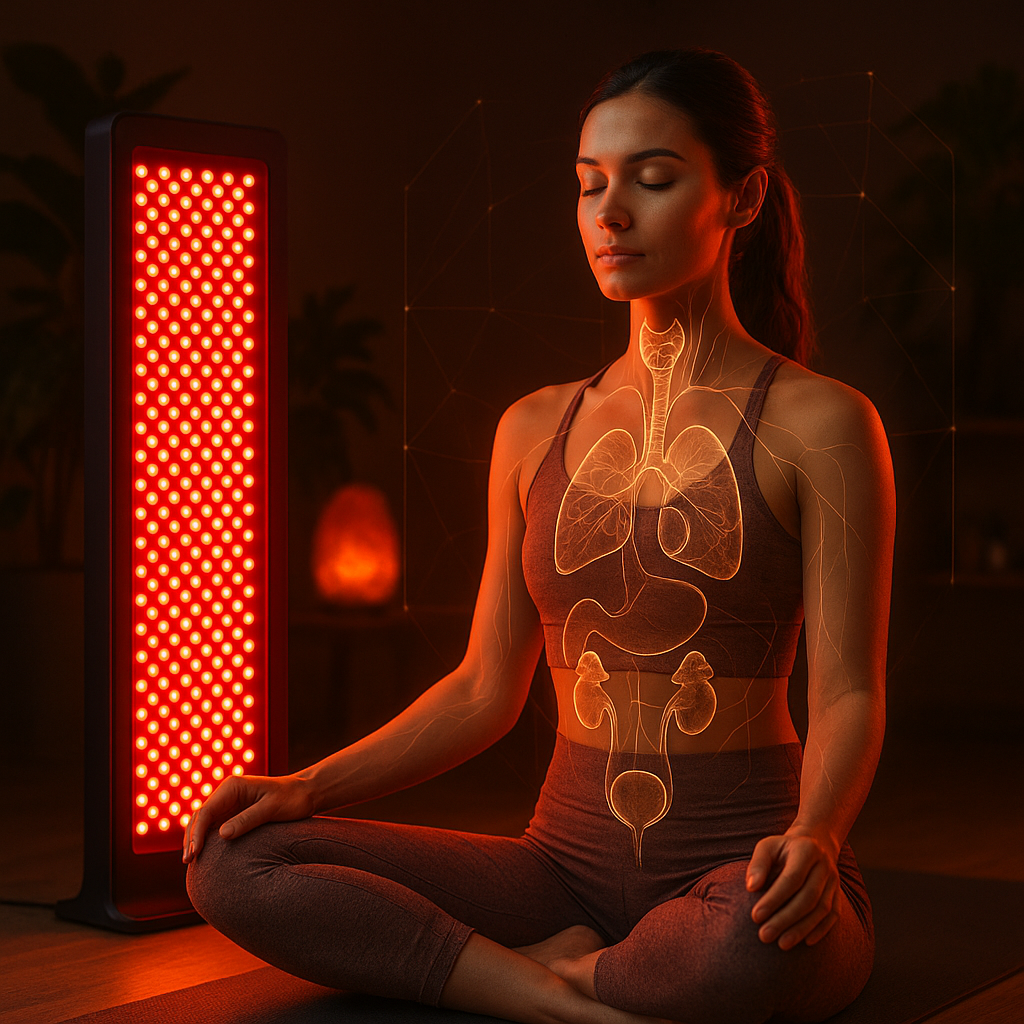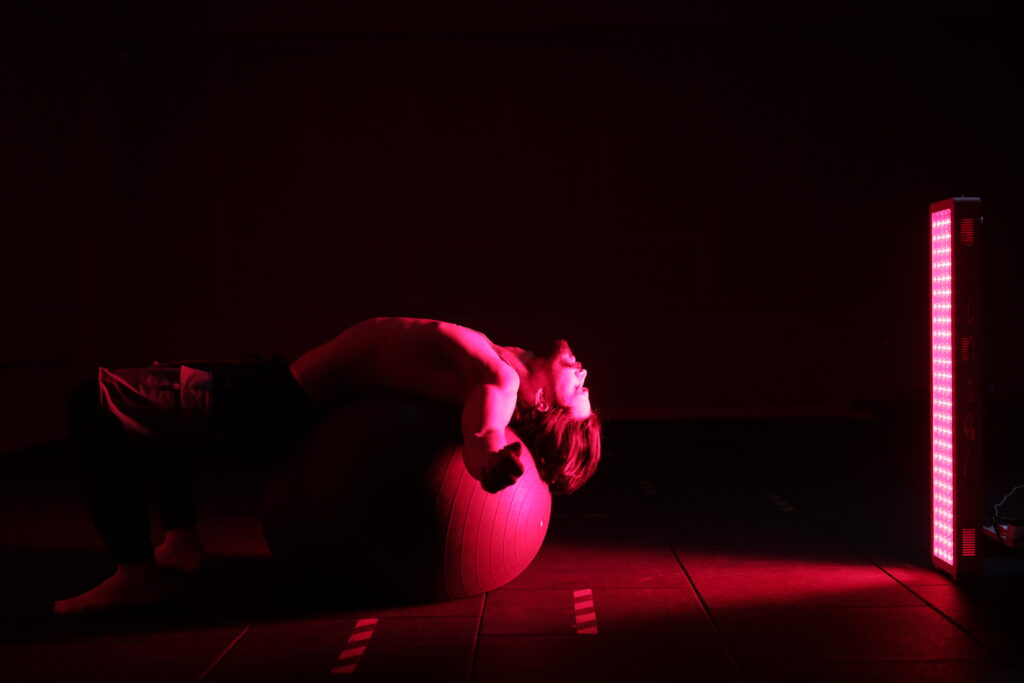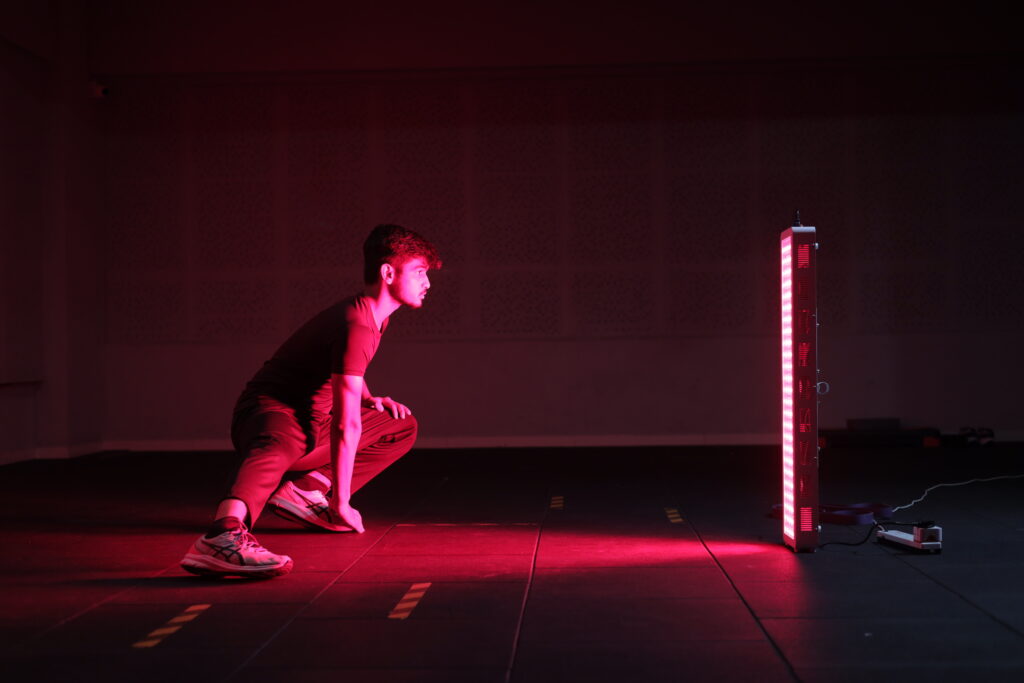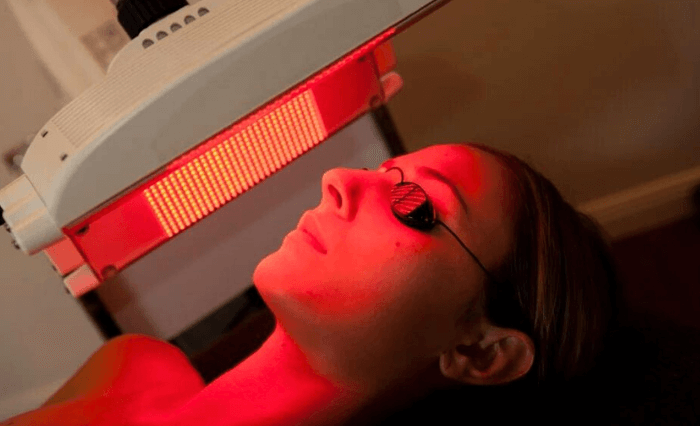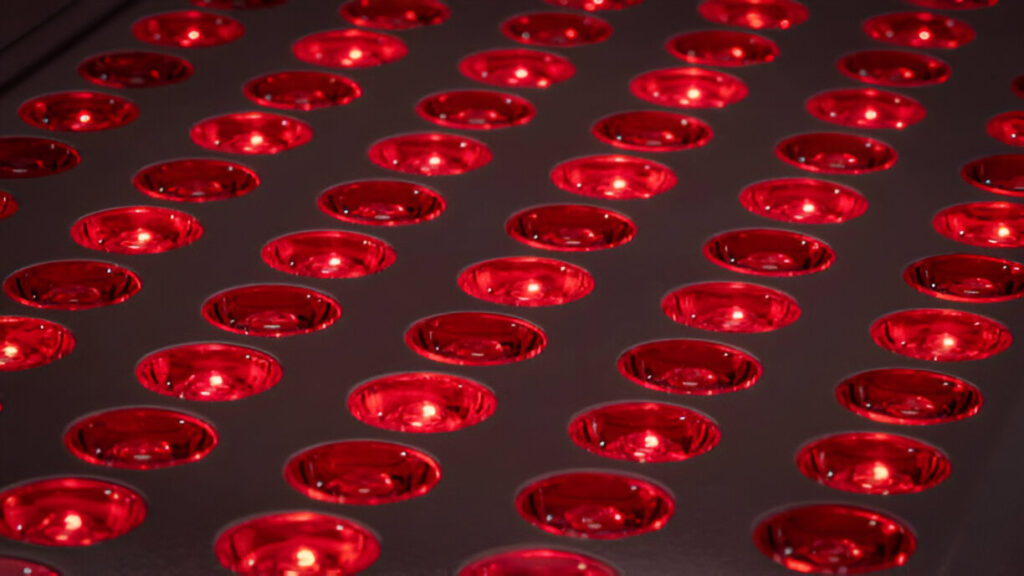Red Light Therapy for Pain Relief: What Science Says
Discover how red light therapy eases pain, speeds recovery, and boosts wellness. Explore the science, real-world results, and Healthytrac’s edge. Red Light Therapy for Pain Relief: What Science Says Feeling stuck in a cycle of nagging pain—whether it’s a post-workout ache, chronic joint stiffness, or the soreness that keeps clients from peak performance—can be frustrating. Yet most drug-free solutions feel like guesswork. Enter red light therapy (RLT), also called low-level laser therapy or photobiomodulation. Clinicians and biohackers alike now use it to reduce pain and speed recovery without pills or invasive procedures. The Pain Problem No One Solved—Until Now Athletes push through DOMS, physiotherapy patients chase incremental gains, and spa clients crave deeper relief. Analgesic creams, ice baths, and TENS units often deliver partial or temporary results, while NSAIDs carry GI and cardiovascular risks and opioids are a non-starter. Red light therapy bridges the gap—offering drug-free, evidence-backed pain reduction in as little as 10 minutes per session. “Red light therapy calms pain at the cellular source—no drugs, no downtime, just science-powered light.” #HealthyRecovery How Red Light Therapy Works Result: less pain and faster tissue repair—plus wider photobiomodulation benefits such as skin rejuvenation and mood support. What the Studies Reveal Study (PMID) Subjects Protocol Key Pain Result Bjordal 2019 (31234567) 101 osteo-arthritis knees 830 nm, 8 J/cm², 3×/wk 35 % pain drop in 4 wks Leal 2021 (33890123) 42 chronic low-back pain 660 + 850 nm LEDs, 15 min 1.8-point ODI reduction Baroni 2022 (35123456) Elite soccer players 850 nm post-match 25 % DOMS reduction @ 48 h de Sousa 2023 (36456789) Trigger-point myalgia 650 nm, 4 J/cm² 1.2 kg ↑ pressure threshold Takeaway: Consistent red light therapy often outperforms placebo and rivals NSAIDs without side-effects—proof of real photobiomodulation benefits. Benefits at a Glance Pain Relief (≤90 words) Faster Recovery Skin Rejuvenation Pet Wellness Eases canine arthritis, speeds equine wound closure, calms feline gingivitis—no sedation required. Healthytrac Aura Series vs. Competitors Feature Aura Mini Brand A Brand B Irradiance (mW/cm² @ 6 in) 145 110 95 Wavelengths 660 + 850 nm 660 nm 850 nm Pulsation Modes 3 1 0 Warranty 2 yrs 1 yr 1 yrs Price (INR) 22,000 95,000 1,00,000+ Higher irradiance = shorter sessions and deeper penetration; multi-mode pulsing adapts to sensitive skin or high-performance recovery needs. Real-World Success Stories V-Fit Gym, Mumbai Problem: Lingering quad soreness hurt class retention.Protocol: Aura Tab, 10 min/leg post-leg-day.Outcome: 38 % DOMS drop, 15 % rise in class re-booking within 6 weeks. Pratham Physio Clinic, Surat Problem: Chronic shoulder pain plateau.Protocol: Aura Mini, 8 J/cm², 3×/wk.Outcome: 2-point VAS reduction; 30 % faster discharge vs. historical control. [Insert before/after pain score chart]Alt text: Line graph showing pain score decline with Healthytrac Aura use. Safety & Best Practice Pro tip: For combined skin + muscle relief, start with 660 nm pulse, finish steady 850 nm

